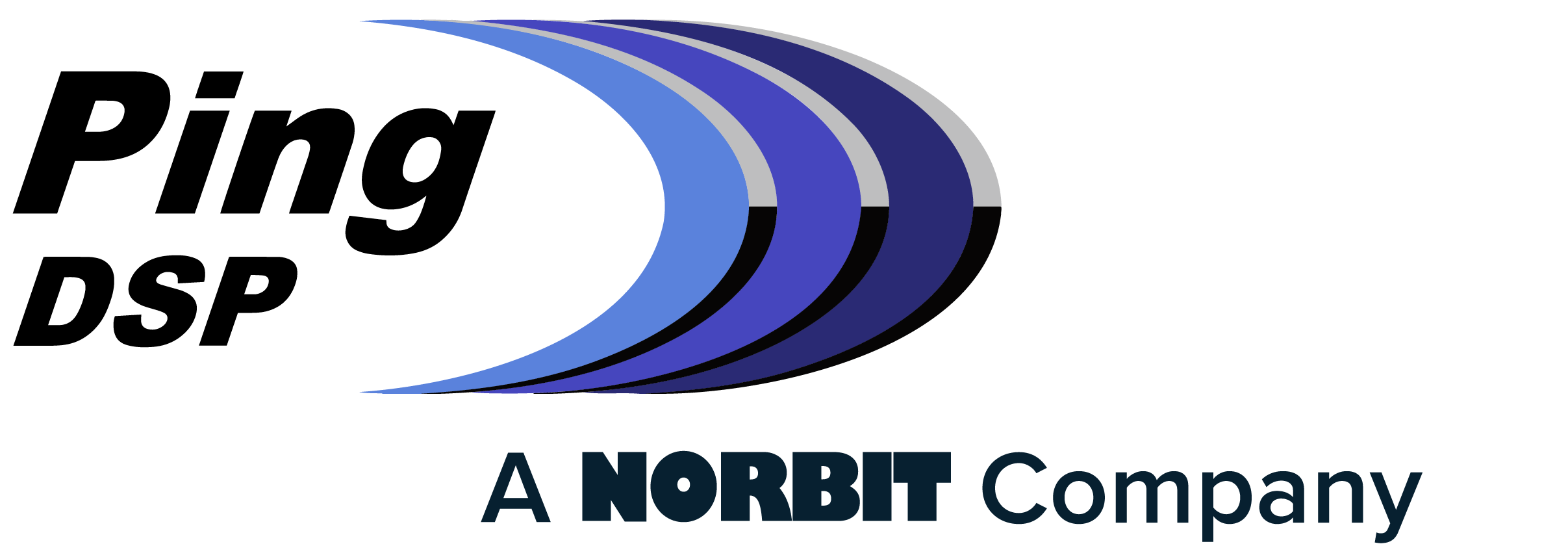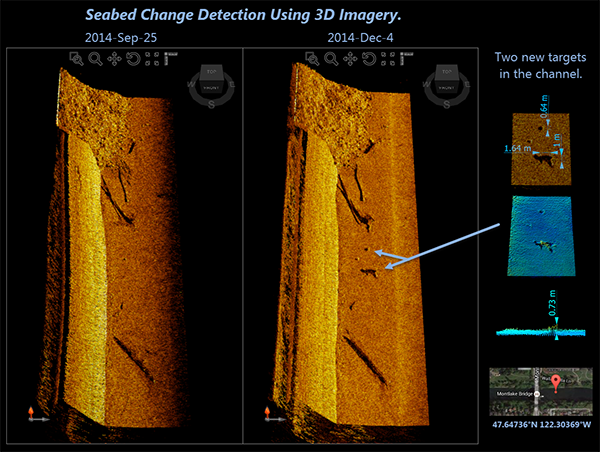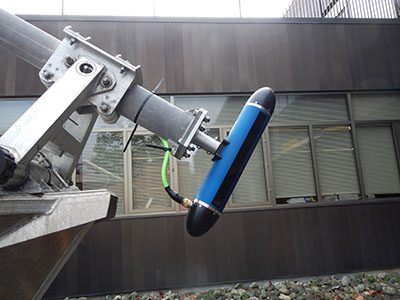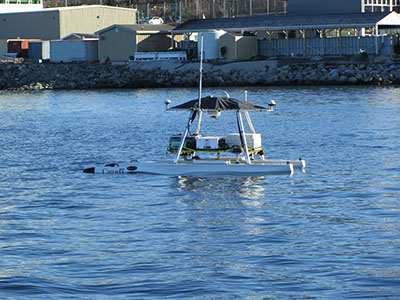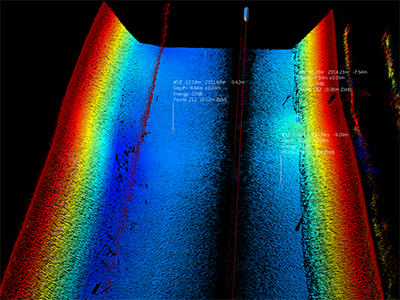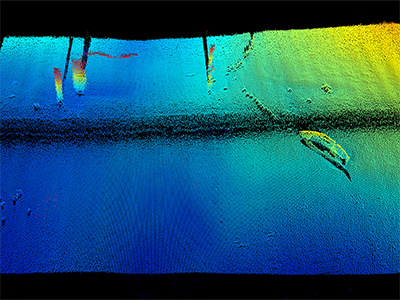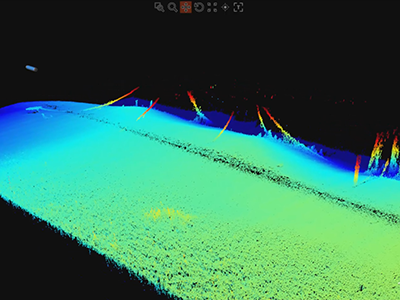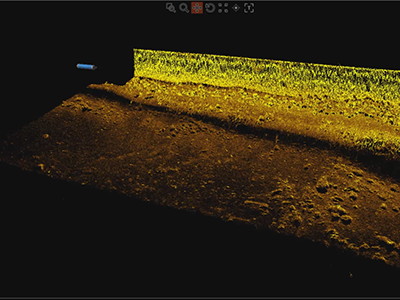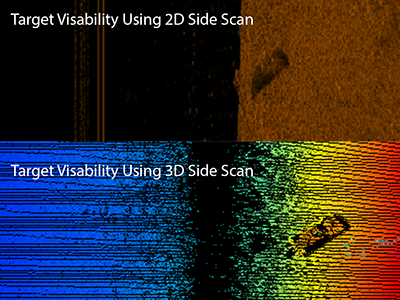Port and Harbor Security
Benefits of 3D
Compared to regular 2D side scan, 3D side scan offers distinct advantages when it comes to identifying subsea targets. To the left is an example comparing a standard 2D side scan view of a target (a vehicle) with a 3D view colorized for depth. The extra dimension of information and geometrically correct data makes detection and identification of targets of interest much easier. Using the 3DSS target capture software allows the operator to save targets of interest on the fly for further inspection. The video below shows rotation and dimensioning of the same 3D target shown in the image on the left.
Bathymetry Is Not Enough
While some bottom features can be obscured in a traditional 2D side scan display, others may also be missed in a bathymetric only view. The GIF on the right illustrates how the 3D backscatter intensity view can show variations in bottom type that a bathymetric view will miss. This could be useful for many applications, for instance, the detection of unauthorized dumping of materials.
3D views allow changes in the seabed to be detected and targets of interest to be easily identified. Furthermore, augmenting 3D views with change detection features of third-party software could enhance the detection and identification of seabed changes compared to traditional side scan or bathymetric approaches.
Rapid Assessment
These seabed monitoring capabilities allow operators of the 3DSS to rapidly perform detection surveys around targets of interest such as ports and harbours, tailings ponds or coolant intakes.
Following significant flooding or other natural disaster, the 3DSS would provide groups ranging from rescue workers and cleanup crews to relief or logistics vessels better situational awareness in the most efficient manner possible. If you would like to know more about the rapid assessment or change detection capabilities, contact info@pingdsp.com.
